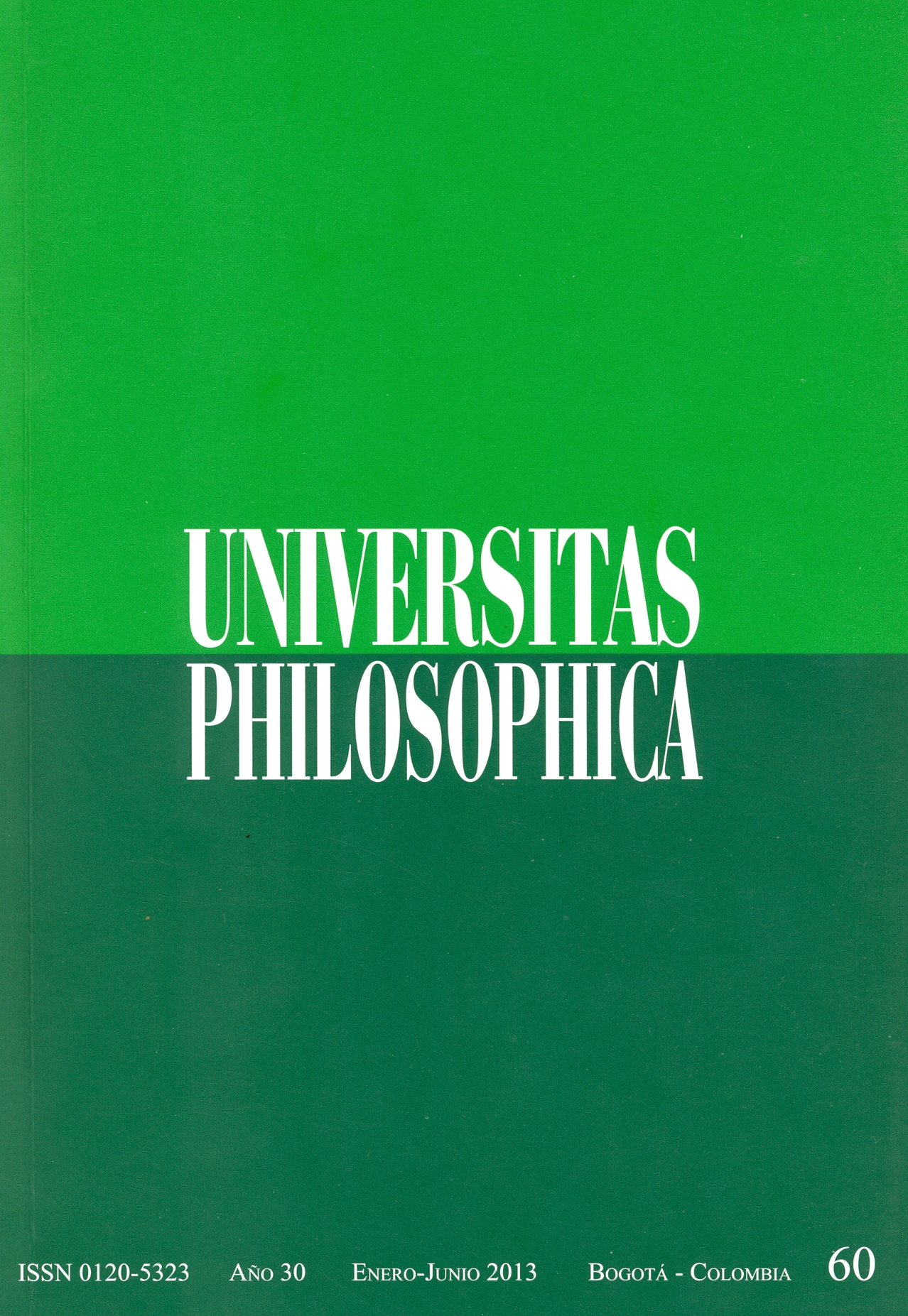Radical Evil and Banality of Evil: Two Faces of Horror of Totalitarian Regimes from Hannah Arendt’s Perspective
##plugins.themes.bootstrap3.article.details##
This article aims to analyze Arendtian notions of “radical evil” and “banality of evil” with their respective relations. Arendt described terror as the “essence” of totalitarian regime. This terror differs from the most familiar cases of revolutionary or tyrannical terror the former not being really a means at all, but a process without a goal. Its goal was to reveal the sheer superfluousness of human beings, to show that there are no limits inherent to power’s ability to dehumanize individuals. Arendt introduced the notion of “radical evil” to describe atrocious crimes of totalitarian regimes. But she goes from the idea of radical evil to the controversial notion of banality of evil. This notion occurred to her during the coverage Adolf Eichmann’s trial in Jerusalem for The New Yorker. Arendt describes with the notion of the banality of evil a bureaucratic agent that makes atrocious crimes without the presence of a wicked motive or ideological fervor.
Arendt, mal radical, banalidad del mal, terror, irreflexiónArendt, radical evil, banality of evil, terror, thoughtlessness


